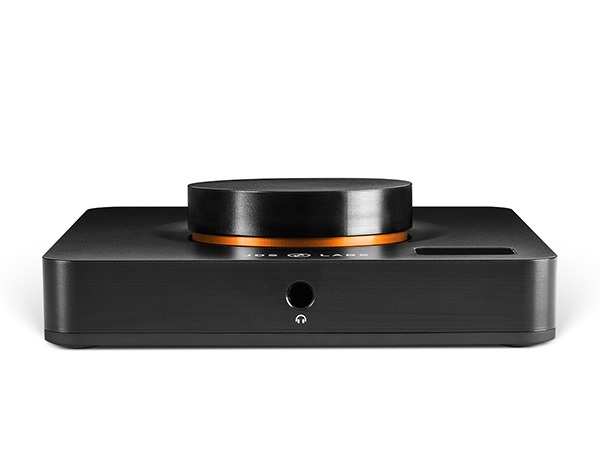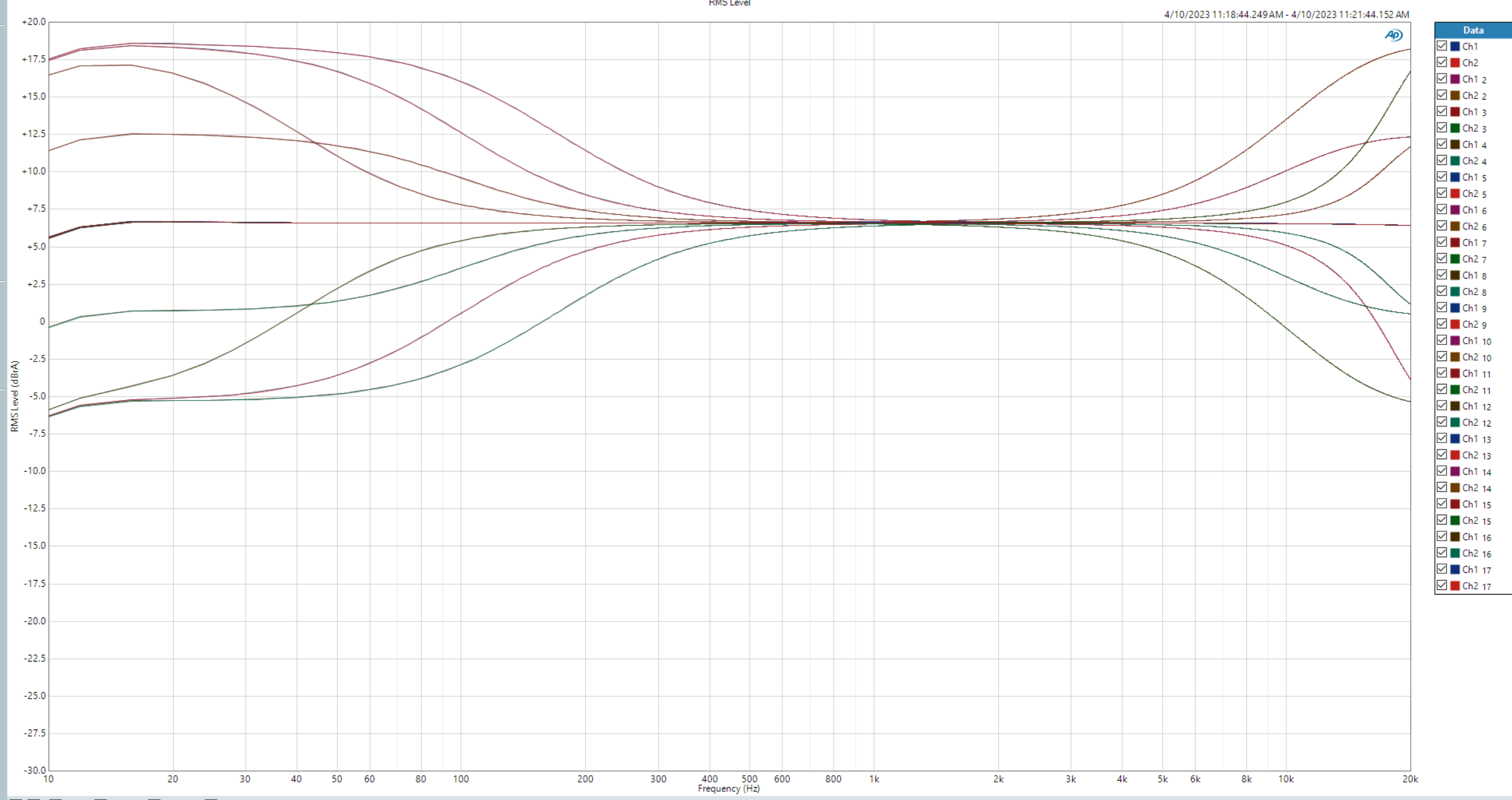Nice, thanks for posting that up! For me the bass boost implementation looks perfect, because as it says in the blog it's a Low Shelf Filter with Q0.707, which is the same Low Shelf that Oratory uses in his headphone EQ's - if you pick the 100Hz option then you're effectively mimicking Oratory's Low Shelf (he uses 105Hz, but I guess 5Hz doesn't make much difference!) - and this is the best frequency and Q value to use so that you can apply bass boost without making it muddy and without really effecting areas beyond the bass. For me, the treble EQ option is probably less useful as it starts very high up in the frequency range - I don't really see the implementation of the bass & treble being used together to create an ideal tone control, as the more central frequencies are not being affected (as it's doing almost nothing up to 6kHz for instance). But for sure the bass EQ is super useful, and I personally wouldn't want that Bass EQ changed beyond what you've done with it, I think that aspect is perfect.
EDIT: this is the EQ options taken from your blog, so people can know what we're talking about:
EDIT #2: If you had the option to select 3 parametric High Shelf filters with Q0.5 at 63Hz / 632Hz / 6324Hz then those can be combined together to create an almost perfect linear tone control through the whole frequency range, as long as you set each of the 3 High Shelf Filters to the same dB value. That might not be possible for you to implement, but that would be a basically perfect Tone Control - but of course that's not the same as the specific bass boost EQ option you've got currently (which is very useful as well in itself).


